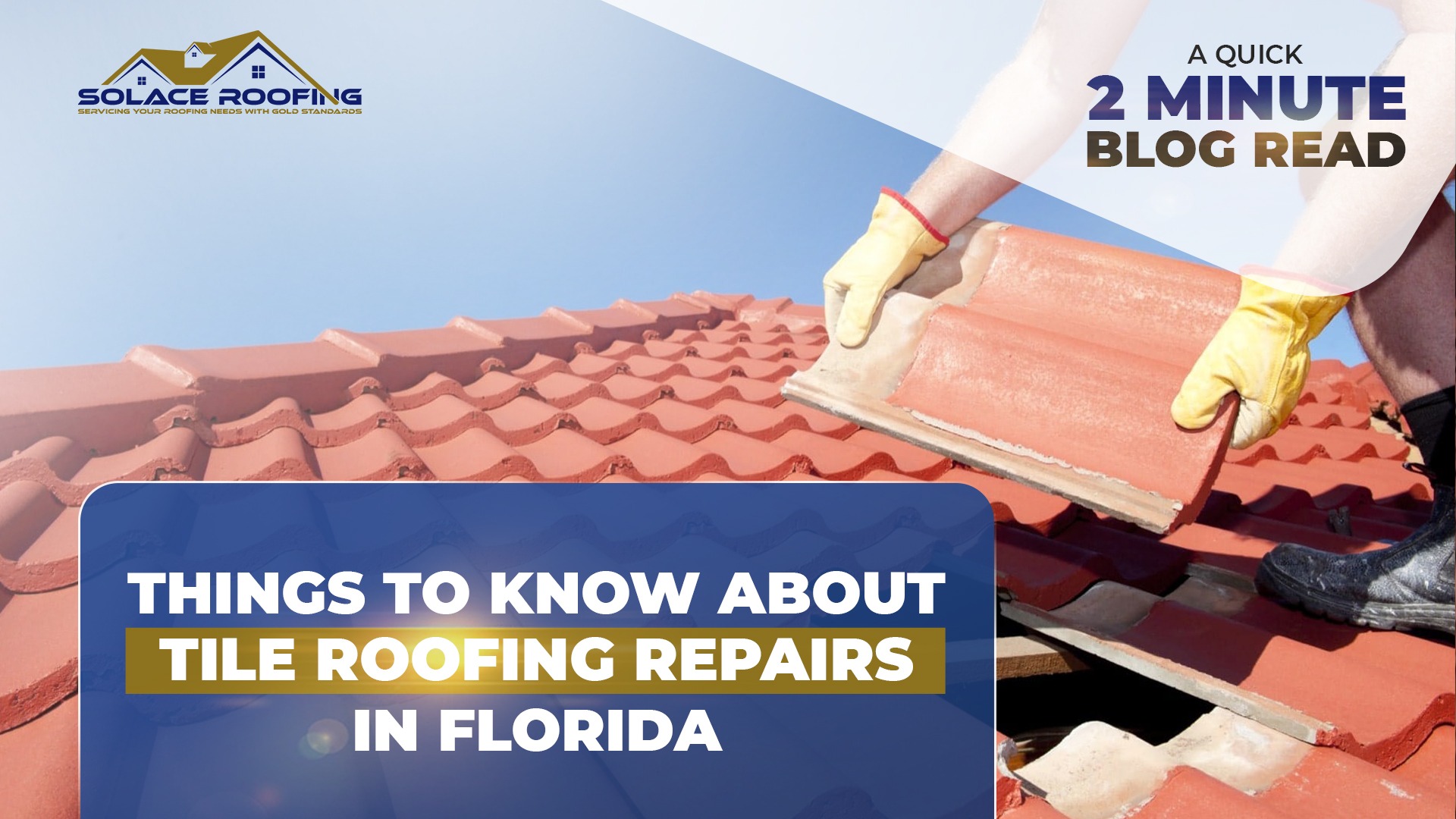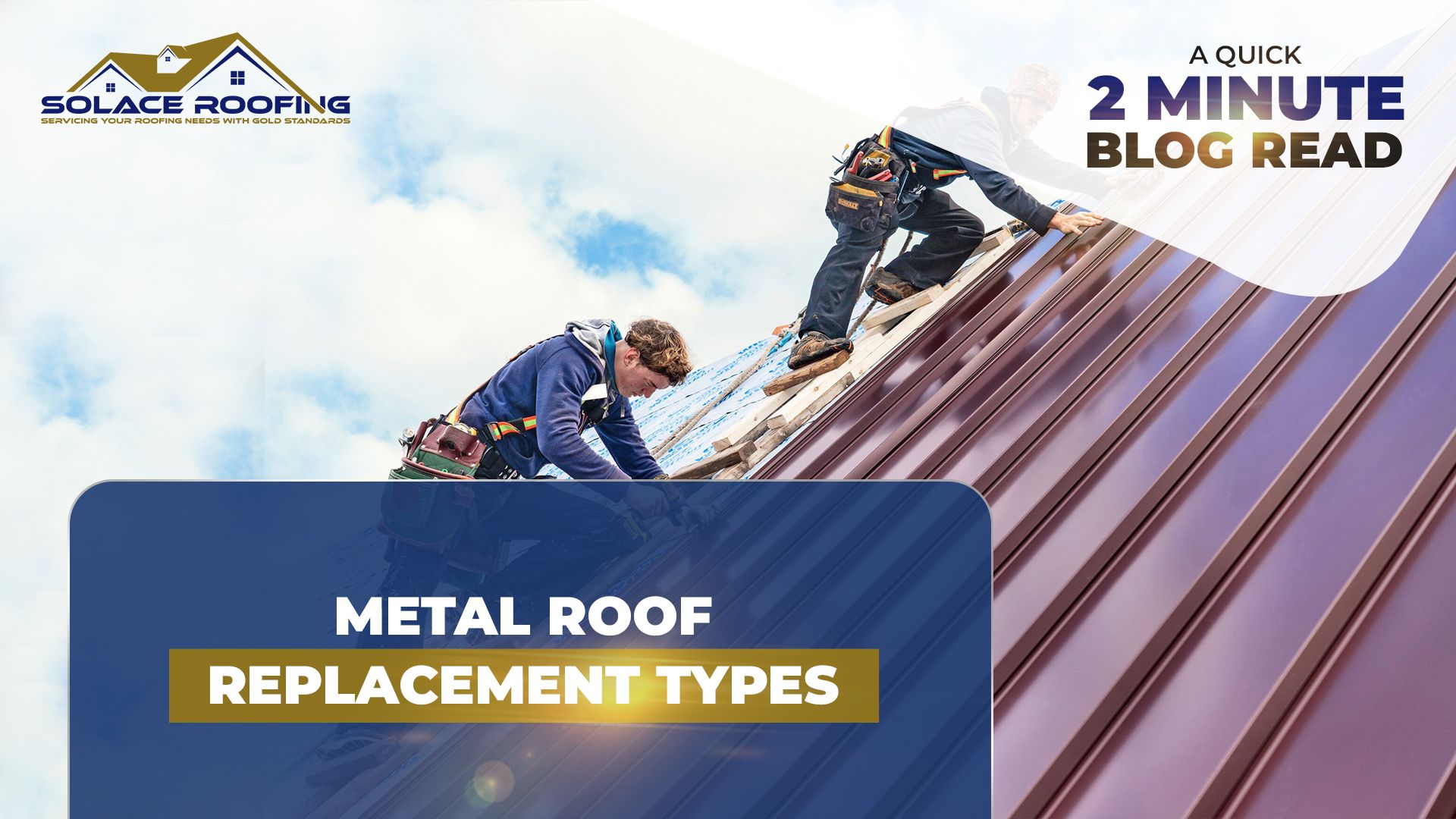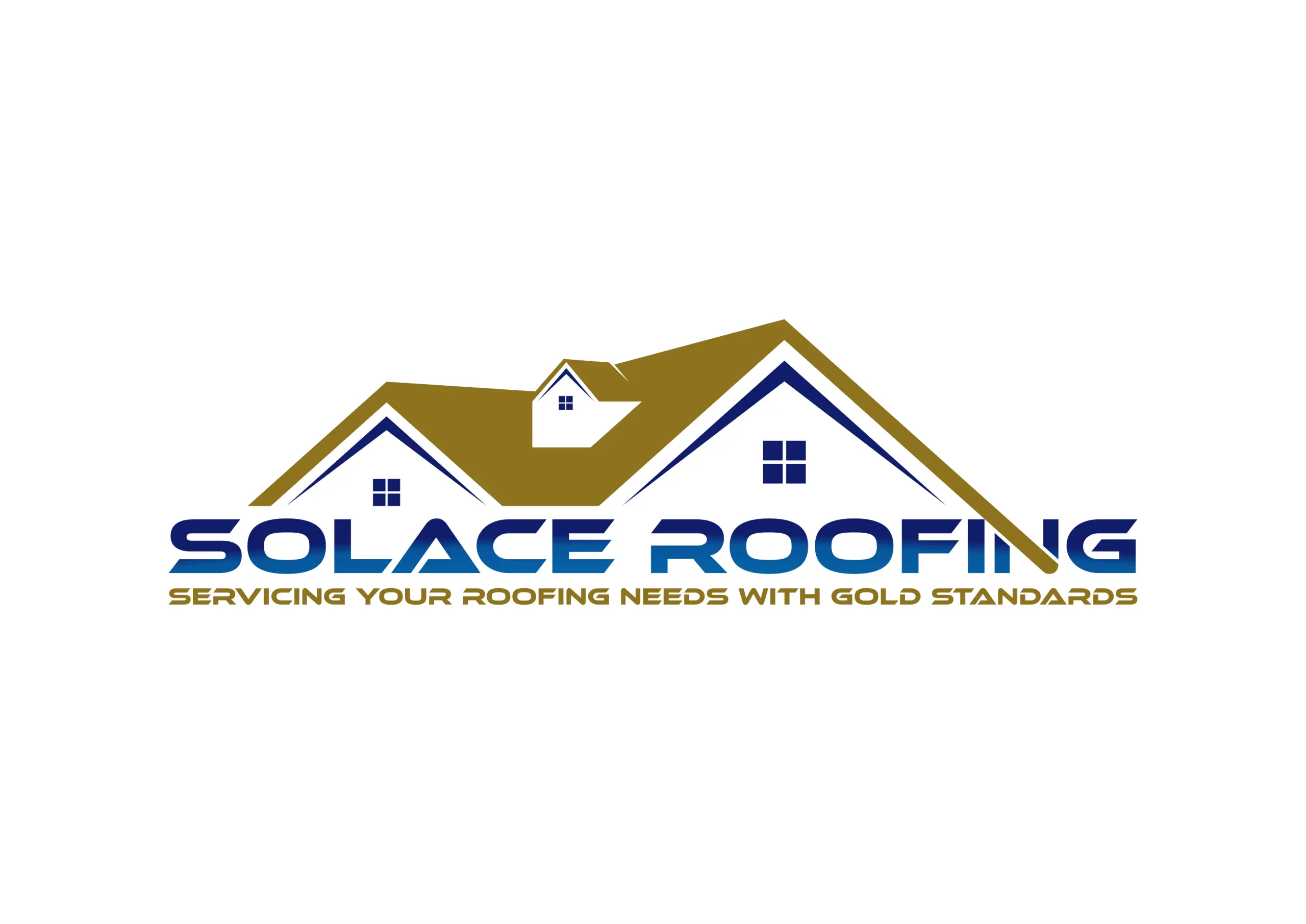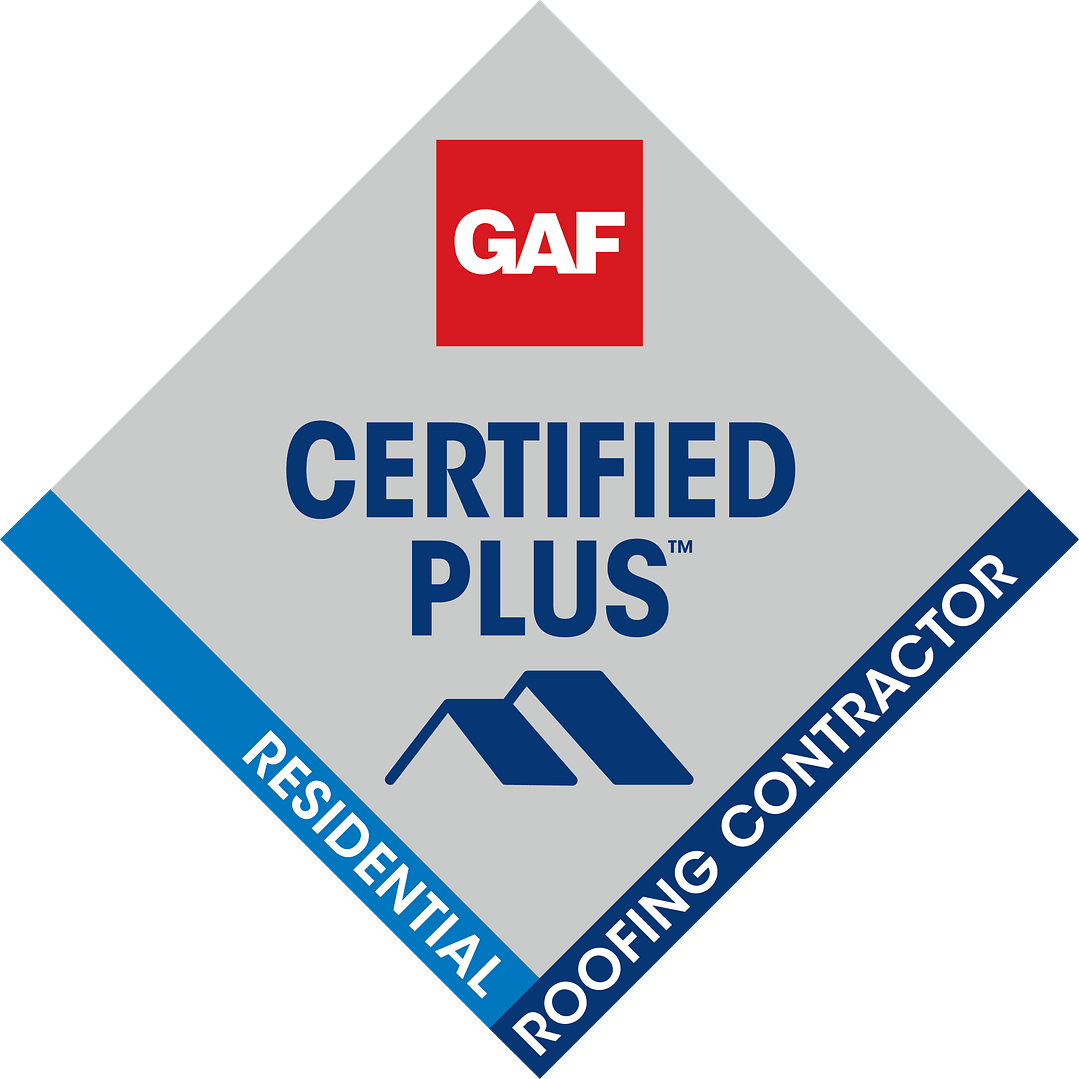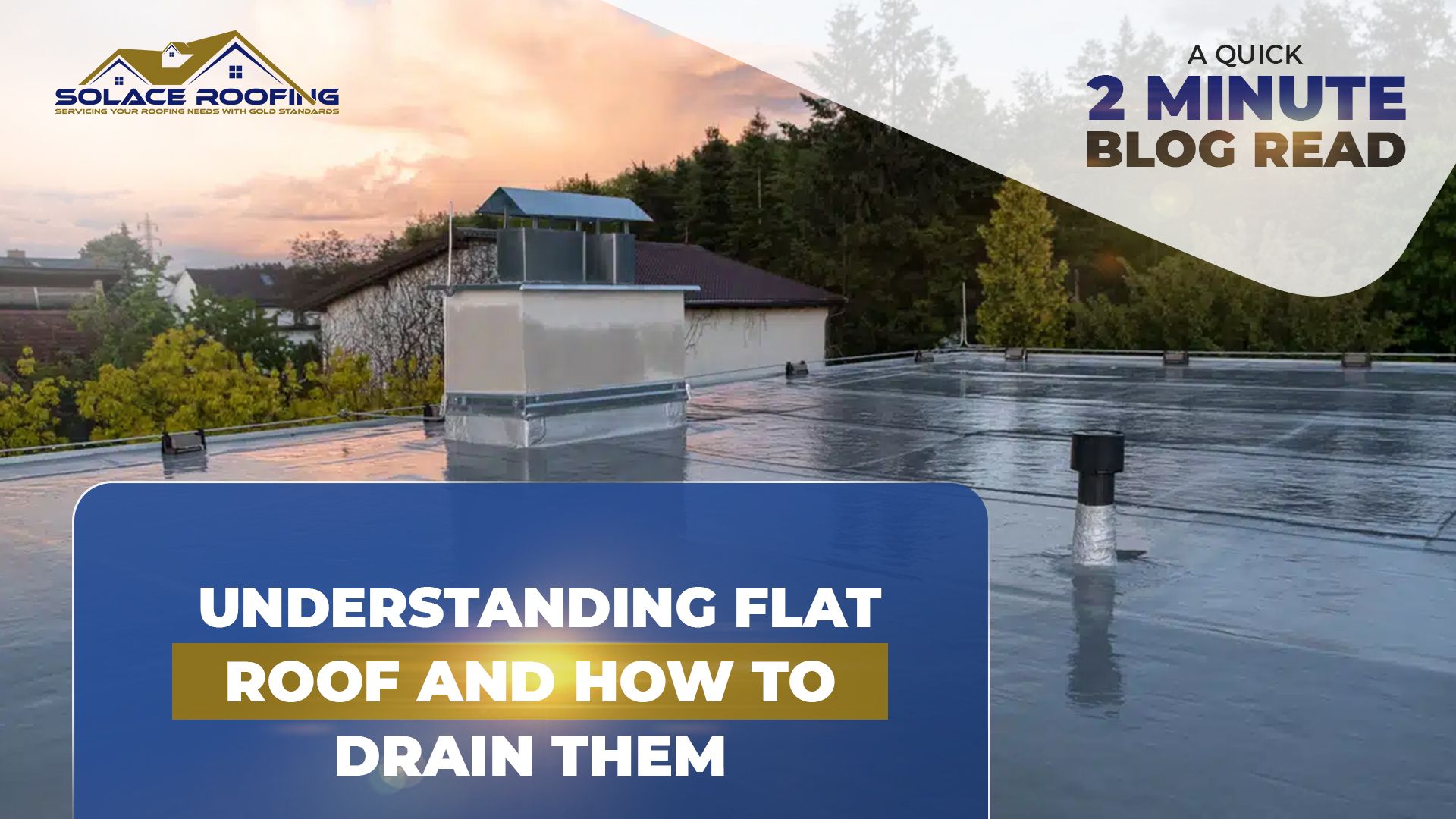
Understanding Flat Roofs
Flat roofs, a common feature in both commercial and residential buildings, pose unique challenges when it comes to drainage. In areas where heavy rainfall is a norm, the risk of water pooling and subsequent roof damage can be a significant concern. Understanding how to effectively drain water from a flat roof is not only crucial for maintaining the structural integrity of the building but also for preventing costly repairs in the future.
This comprehensive guide aims to provide homeowners and property managers with insightful tips on enhancing roof drainage, recognizing when professional help is needed, and ensuring regular maintenance to extend the life of their flat roofs. Whether you’re dealing with minor water pooling or are considering a full roof replacement, this article will guide you through the best practices in flat roof drainage.
Characteristics and Challenges
- Flat roofs are a popular choice for many buildings due to their cost-effectiveness and space utilization. However, their lack of slope makes water drainage a critical issue.
- Common materials used in flat roofing include PVC, TPO, EPDM rubber, and modified bitumen. Each material has its strengths and weaknesses concerning water resistance and durability.
The Importance of Proper Drainage
- Effective drainage is vital to prevent water accumulation, which can lead to leaks, structural damage, or even collapse.
- Poor drainage can also lead to mold and mildew growth, compromising indoor air quality and the health of occupants.
Understanding Tapered Insulation
- Tapered insulation, a strategic roofing solution, is designed to create a slope on flat roofs, facilitating better water drainage.
- This insulation is typically made from materials like polyisocyanurate (polyiso), expanded polystyrene (EPS), or extruded polystyrene (XPS), known for their durability and thermal resistance.
Benefits of Tapered Insulation
- The primary advantage of tapered insulation is its ability to prevent water pooling. By creating a gradient, water is directed towards drainage points, reducing the risk of leakage and structural damage.
- Additionally, tapered insulation enhances the roof’s thermal efficiency, contributing to energy savings and improved indoor comfort.
Installation Considerations
- The installation of tapered insulation requires careful planning to ensure appropriate drainage. This includes determining the right slope and drainage points based on the roof’s layout.
- It’s often recommended to consult with a professional roofing contractor to design and install tapered insulation, ensuring compliance with building codes and industry standards.
Roof Repair and Maintenance Specifics for Flat Roofs
- Regular inspection and maintenance are key to identifying potential issues early on. This includes checking for cracks, blisters, and seam separations.
- Roof coatings can be applied to enhance the roof’s water resistance and UV protection. These coatings play a vital role in extending the roof’s lifespan and minimizing the need for frequent repairs.

